 The Balkan country of Bosnia and Herzegovina experienced the displacement of more than 2.2 million of its citizens during the 1992-1995 Bosnian war. However, now Bosnia and Herzegovina is at the forefront of a new migration crisis due to increased rates of global poverty and conflict. Since 2018, more than 110,000 migrants have entered the Balkan country. The numbers first increased in 2018 after 24,067 migrants and refugees arrived in the country compared to 755 in 2017. Despite migration challenging the infrastructure of Bosnia and Herzegovina, obstacles are often overcome thanks to the cooperation of various international institutions and charities
The Balkan country of Bosnia and Herzegovina experienced the displacement of more than 2.2 million of its citizens during the 1992-1995 Bosnian war. However, now Bosnia and Herzegovina is at the forefront of a new migration crisis due to increased rates of global poverty and conflict. Since 2018, more than 110,000 migrants have entered the Balkan country. The numbers first increased in 2018 after 24,067 migrants and refugees arrived in the country compared to 755 in 2017. Despite migration challenging the infrastructure of Bosnia and Herzegovina, obstacles are often overcome thanks to the cooperation of various international institutions and charities
Western Balkan Migration Route
Bosnia and Herzegovina falls within the Western Balkan route, popular among migrants who look to enter EU countries. From January to September 2023, the International Organization for Migration (IOM) recorded 128,871 migrant, refugee and asylum seeker arrivals through the corridor. The large number and potential for an unexpected increase of migrants strain Bosnia and Herzegovina’s resources.
However, the IOM, UNHCR and EU provide financial support for the country to ease the pressure of this corridor on countries like Bosnia and Herzegovina and to protect migrants. The “Individual Measure to Strengthen the Response Capacity to Manage Migration Flows in Bosnia and Herzegovina” project aims to transfer the migration response to Bosnian authorities.
This project continues to receive considerable funding. In August 2024, The IOM confirmed 100% of the financing for protection management for the arrival of migrants into Bosnia and Herzegovina.
Accommodation for Migrants
The increased number of migrants in 2018 strained infrastructure in Bosnia and Herzegovina. Collaboration between the country’s Ministry of Security (MoS) and the IOM facilitated the creation of seven temporary reception centers (TRCs) to house more than 8,000 migrants.
In 2018, the IOM revealed that the national infrastructure was not adequate to house the sudden influx of migrants in Bosnia and Herzegovina. The closure of TRC Lipa and Bira in 2020 reduced overall accommodation capacity from 8,282 to 3,540 beds.
Despite the challenges of accommodating migrants, international cooperation has helped resolve these problems. In 2021, a newly built TRC Lipa increased its accommodation capacity to 1,500 migrants compared to its prior 1,400 migrant capacity. Johann Sattler, Head of the EU Delegation, commented on the opening of TRC Lipa: “This is a good reminder for all of us that those crises can be solved, and the only way to resolve crises is through dialogue and a willingness to compromise.”
War and Poverty
In July 2024, the UNHCR reported that the top three countries of origin of migrants in Bosnia and Herzegovina were the Syrian Arab Republic (35%), Afghanistan (29%) and Morocco (8%). The high number of Syrians and Afghans in Bosnia and Herzegovina correlates to the high levels of poverty in these countries due to war. In 2022, poverty affected 69% of Syrians and 90% of Afghans.
Mental Health
Migrants often face traumatic journeys that have psychological impacts. Adil, a Moroccan migrant who resides in TRC Lipa expressed how migration impacted his mental wellbeing to the IOM: “This journey is hard and dangerous. I have seen and experienced things that I do not want to remember.”
There are ongoing efforts by the IOM and Bosnian authorities to provide mental health support for migrants. The IOM continues to provide mental health screening for migrants inside and outside TRCs and aims to increase mental health support access for migrants in Bosnia and Herzegovina.
Between April 2024 and July 2024, the UNHCR assisted 585 migrants with psychosocial support.
Cultural Programs for Migrants
Alongside the efforts of international organizations and the Bosnian government to integrate migrants into the workplace and provide psychological aid for migrants, cultural programs also help improve their well-being.
In 2024, IOM ran creative programs in multiple TRCs. TRC Blažuj held a canvas painting workshop which allowed migrants to express their creativity. TRC Lipa has a creative zone where handcrafting workshops were held for migrants and refugees from Afghanistan, Gambia, Iran and Syria.
Cultural programs extend beyond reception centers in Bosnia and Herzegovina into mainstream society. Migrants from reception centers contributed to a fashion collection for The No Nation Fashion brand showcased at the 30th Sarajevo Film Festival.
Cooperation for Solutions
The impact of global poverty meant the influx of migrants to Bosnia and Herzegovina from 2018 onwards presented challenges to the country’s infrastructure and the safety of migrants. However, cooperation between the former Yugoslav country, international governments and organizations shows the capacity to overcome the potential challenges of migration to improve the quality of life of migrants.
– Sofia Brooke
Sofia is based in Oxfordshire, UK and focuses on Good News and Politics for The Borgen Project.
Photo: Flickr
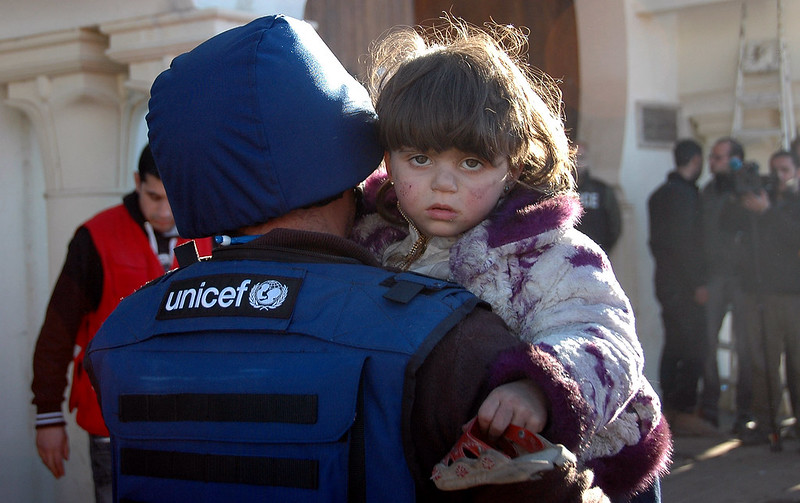 Syrians urgently need assistance as more than 16 million residents struggle with homelessness, food insecurity, dilapidated infrastructure and inadequate water and sanitation. The United Nations (U.N.) reports that at least 90% of the population lives below the poverty line, placing Syria
Syrians urgently need assistance as more than 16 million residents struggle with homelessness, food insecurity, dilapidated infrastructure and inadequate water and sanitation. The United Nations (U.N.) reports that at least 90% of the population lives below the poverty line, placing Syria 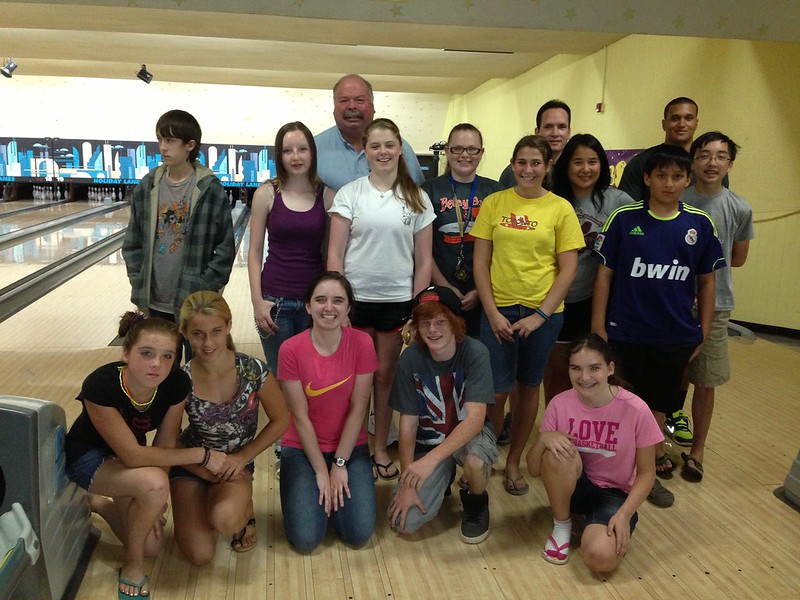
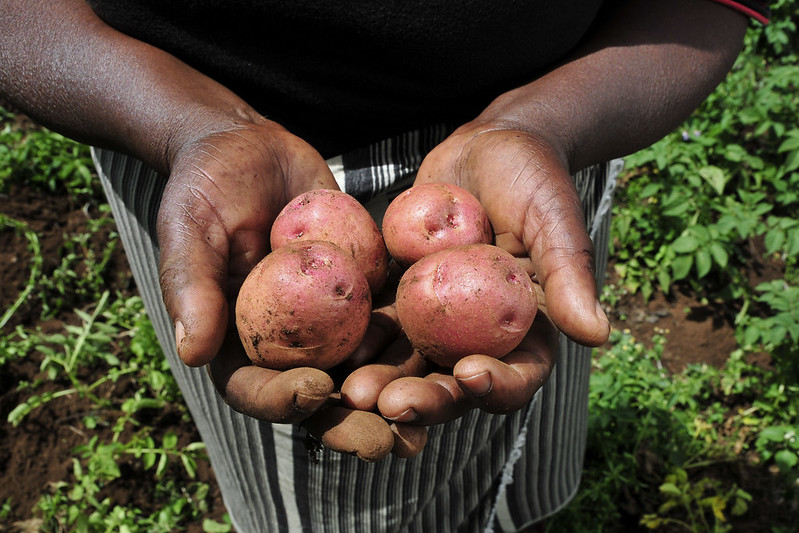 Vitamin A deficiency affects approximately 140 million children worldwide, posing serious public health challenges, including weakened immunity, stunted growth and potential blindness. Since 2009,
Vitamin A deficiency affects approximately 140 million children worldwide, posing serious public health challenges, including weakened immunity, stunted growth and potential blindness. Since 2009, 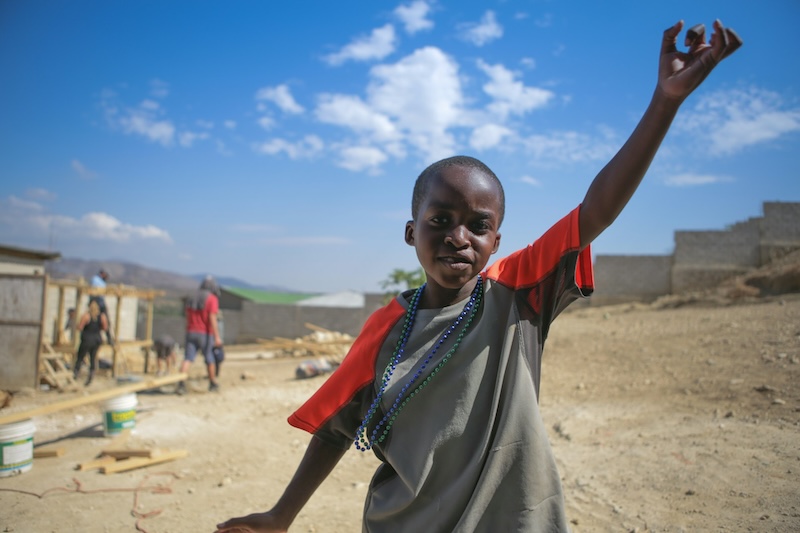 September 2024 marks
September 2024 marks 
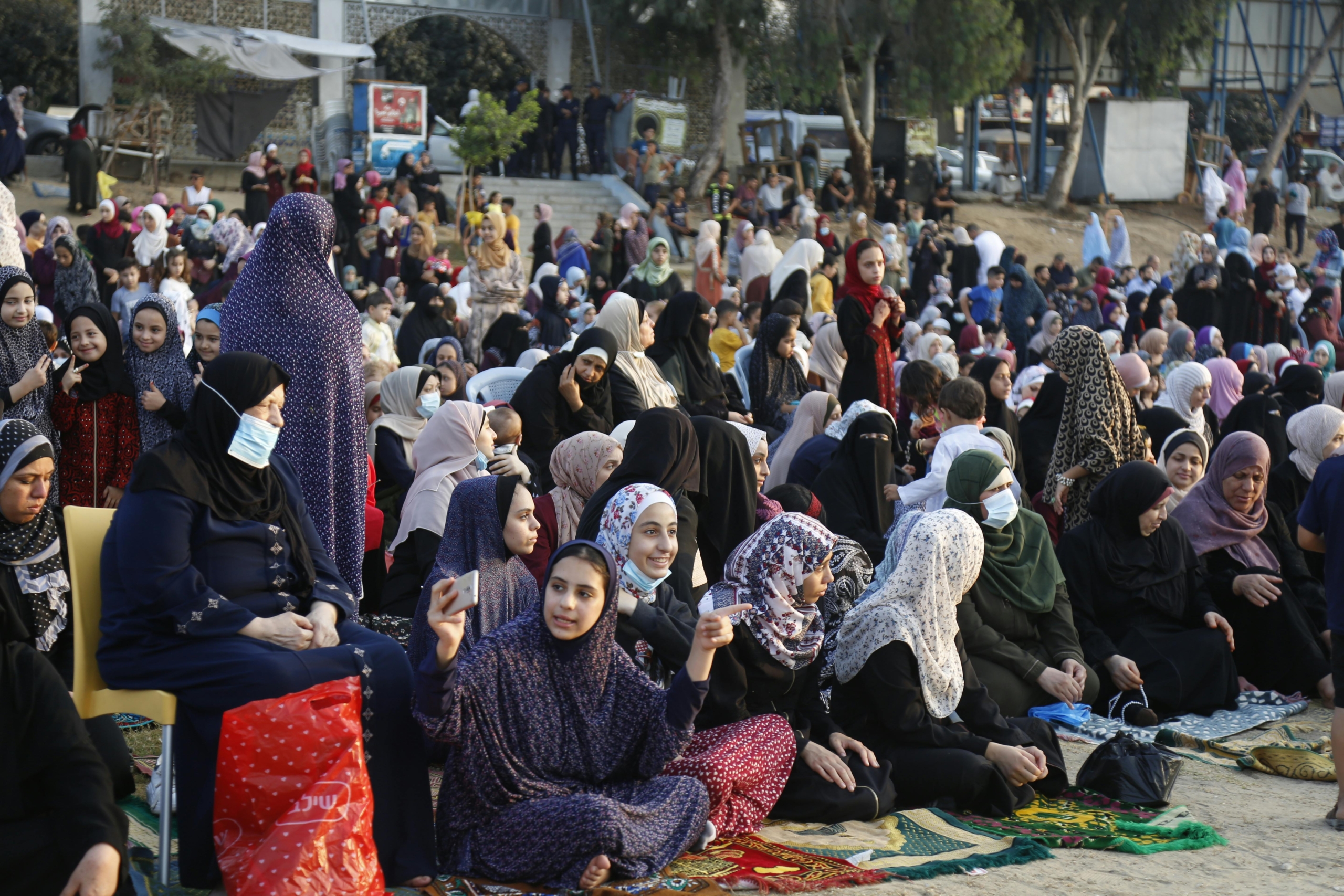
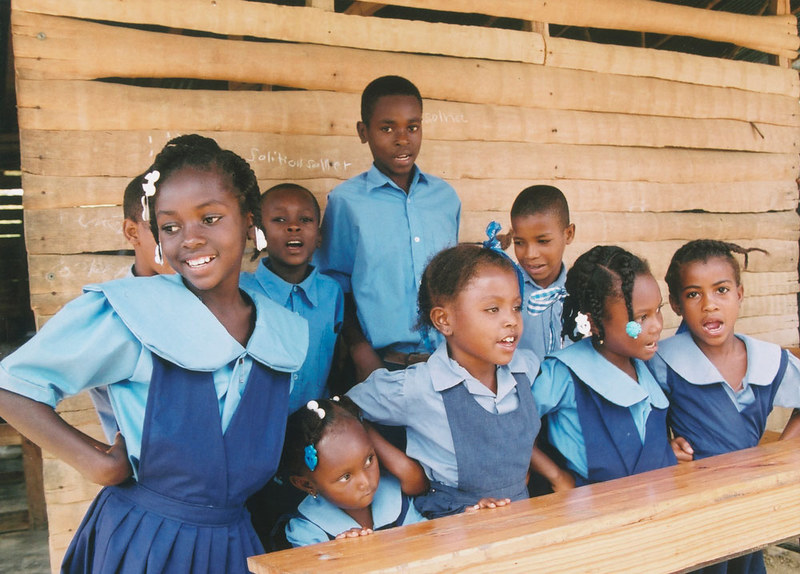 In
In 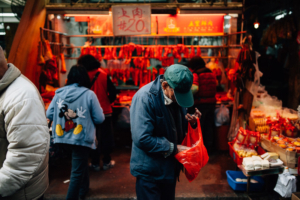
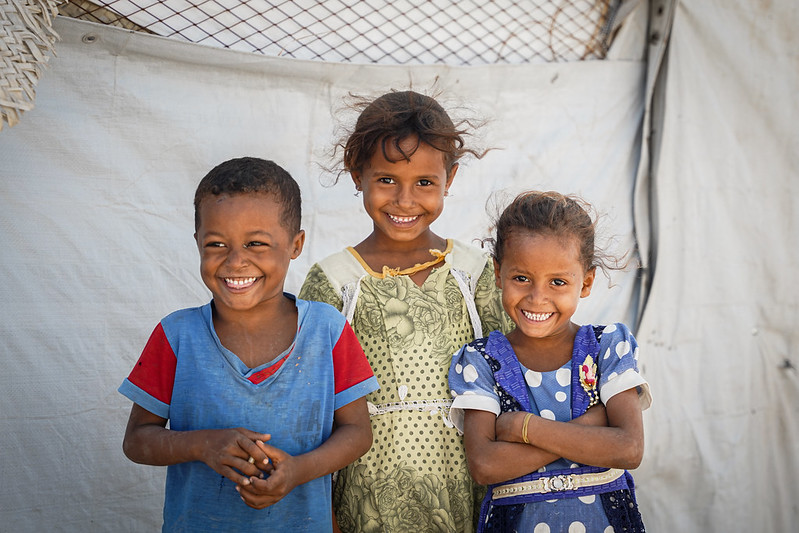 Violent internal conflict, malnourishment and severe weather conditions have resulted in a state of crisis for
Violent internal conflict, malnourishment and severe weather conditions have resulted in a state of crisis for 